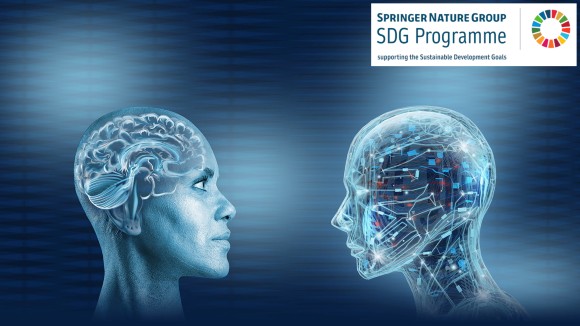Peter Hunter, PhD, University of Auckland, Auckland, New Zealand
 Distinguished Professor Peter Hunter, earned his engineering degree in 1971 from the University of Auckland, New Zealand, and completed a Master of Engineering and a DPhil (PhD) in Physiology at the University of Oxford in 1975. Pioneering the development of the first 'physiome' model, he explores the human body's intricacies, emphasizing computational algorithms with a biophysically grounded approach. Currently, Professor Hunter serves as Co-Chair of the Physiome Committee at the International Union of Physiological Sciences, guiding the Physiome Project's efforts to establish model and data encoding standards. Alongside founding the Auckland Bioengineering Institute, he holds leadership roles at the University of Auckland and Oxford University, contributing expertise to global scientific advisory boards. His distinguished career includes being a Fellow of the Royal Society (London and NZ), the World Council for Biomechanics, the American Institute for Medical and Biological Engineering, and the International Academy of Medical & Biological Engineering. Notably, he received the NZ Order of Merit in 2010 and the Rutherford Medal in 2009, acknowledging his significant contributions to science.
Distinguished Professor Peter Hunter, earned his engineering degree in 1971 from the University of Auckland, New Zealand, and completed a Master of Engineering and a DPhil (PhD) in Physiology at the University of Oxford in 1975. Pioneering the development of the first 'physiome' model, he explores the human body's intricacies, emphasizing computational algorithms with a biophysically grounded approach. Currently, Professor Hunter serves as Co-Chair of the Physiome Committee at the International Union of Physiological Sciences, guiding the Physiome Project's efforts to establish model and data encoding standards. Alongside founding the Auckland Bioengineering Institute, he holds leadership roles at the University of Auckland and Oxford University, contributing expertise to global scientific advisory boards. His distinguished career includes being a Fellow of the Royal Society (London and NZ), the World Council for Biomechanics, the American Institute for Medical and Biological Engineering, and the International Academy of Medical & Biological Engineering. Notably, he received the NZ Order of Merit in 2010 and the Rutherford Medal in 2009, acknowledging his significant contributions to science.
Roozbeh Jafari, PhD, Texas A&M University, TX, USA
 Roozbeh Jafari is the Tim and Amy Leach Professor at Texas A&M University. He holds appointments in the School of Engineering Medicine in Houston and the College of Engineering in College Station. Spanning Electrical and Computer Engineering, Biomedical Engineering, Computer Science, and Engineering departments, he earned his Ph.D. in Computer Science from UCLA and completed a postdoctoral fellowship at UC Berkeley. Specializing in wearable computer design and signal processing, he has secured over $89M for research, with $25M directed to his lab from sources such as NSF, NIH, DoD, DARPA, and industry leaders like Texas Instruments and Samsung. Authoring 200+ papers, he has chaired conferences, is an Associate Editor for npj Digital Medicine, and serves on the Editorial Board of several other journals. He is currently the elected Chair of the IEEE Wearable Biomedical Sensors and Systems Technical Committee, as well as the IEEE Applied Signal Processing Technical Committee. He is a fellow of the American Institute for Medical and Biological Engineering (AIMBE). Professor Jarafi’s contributions extend to pivotal roles in NIH study sections, reflecting his significant influence in the realm of wearable technology and biomedical research.
Roozbeh Jafari is the Tim and Amy Leach Professor at Texas A&M University. He holds appointments in the School of Engineering Medicine in Houston and the College of Engineering in College Station. Spanning Electrical and Computer Engineering, Biomedical Engineering, Computer Science, and Engineering departments, he earned his Ph.D. in Computer Science from UCLA and completed a postdoctoral fellowship at UC Berkeley. Specializing in wearable computer design and signal processing, he has secured over $89M for research, with $25M directed to his lab from sources such as NSF, NIH, DoD, DARPA, and industry leaders like Texas Instruments and Samsung. Authoring 200+ papers, he has chaired conferences, is an Associate Editor for npj Digital Medicine, and serves on the Editorial Board of several other journals. He is currently the elected Chair of the IEEE Wearable Biomedical Sensors and Systems Technical Committee, as well as the IEEE Applied Signal Processing Technical Committee. He is a fellow of the American Institute for Medical and Biological Engineering (AIMBE). Professor Jarafi’s contributions extend to pivotal roles in NIH study sections, reflecting his significant influence in the realm of wearable technology and biomedical research.

